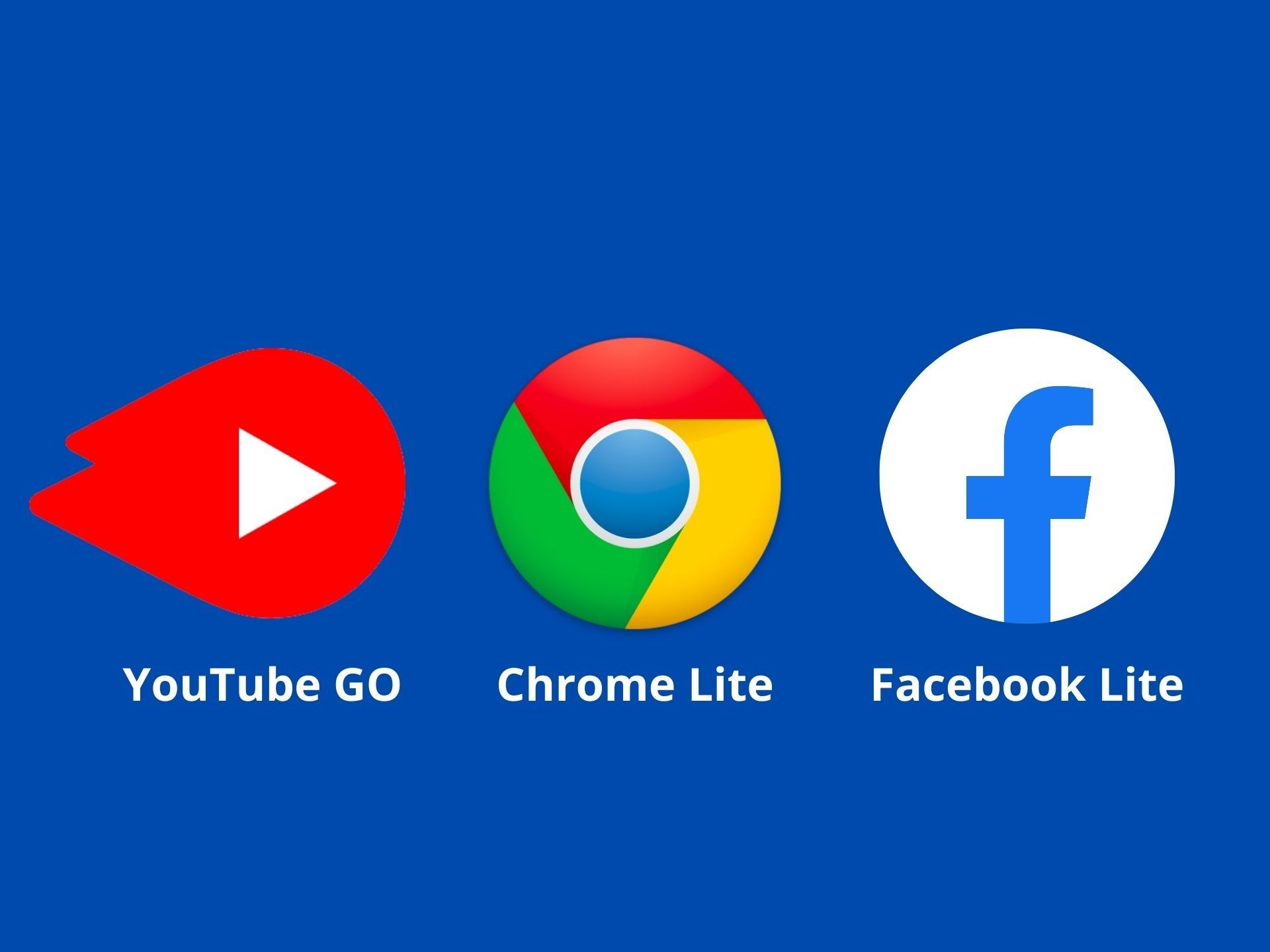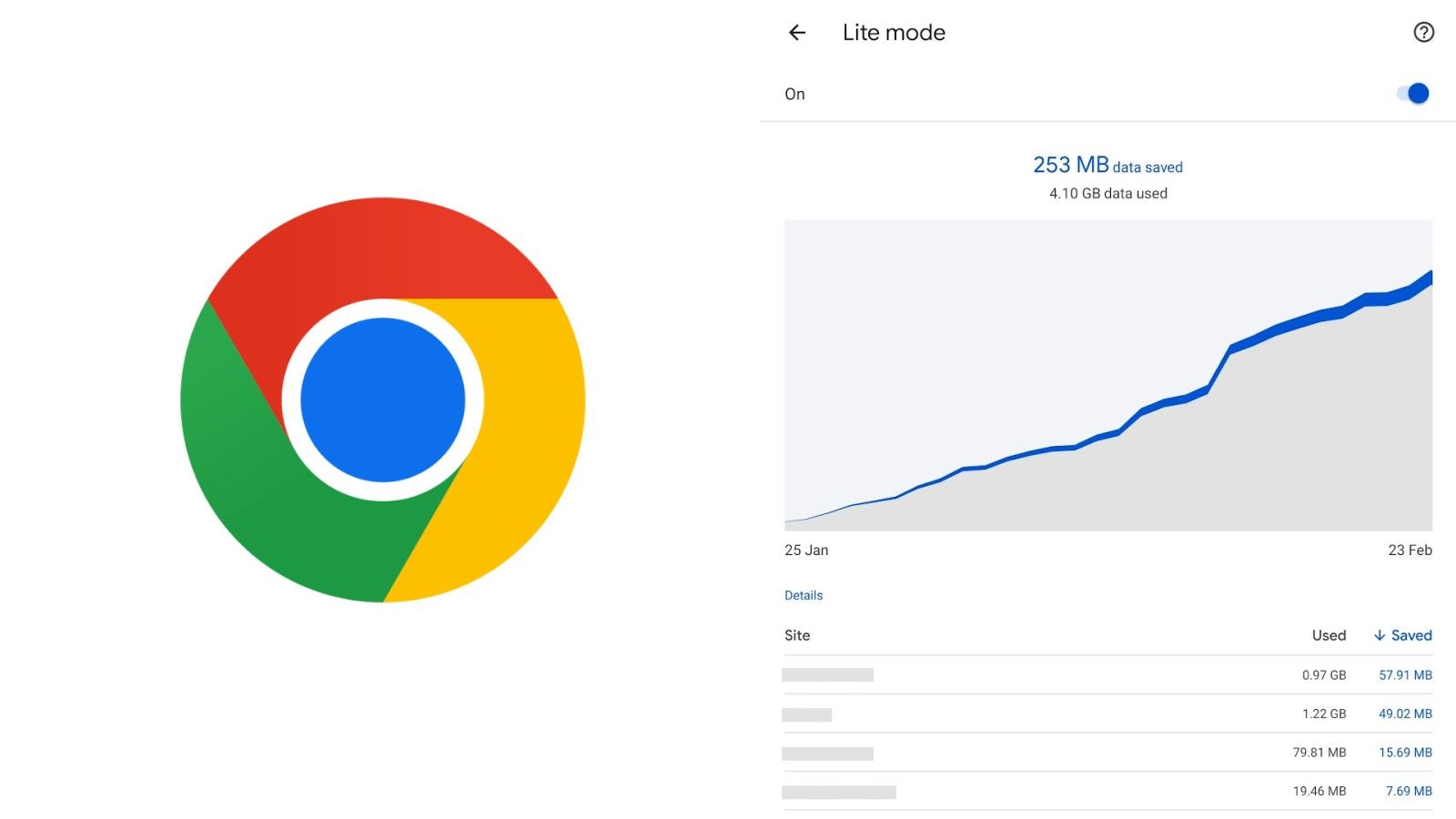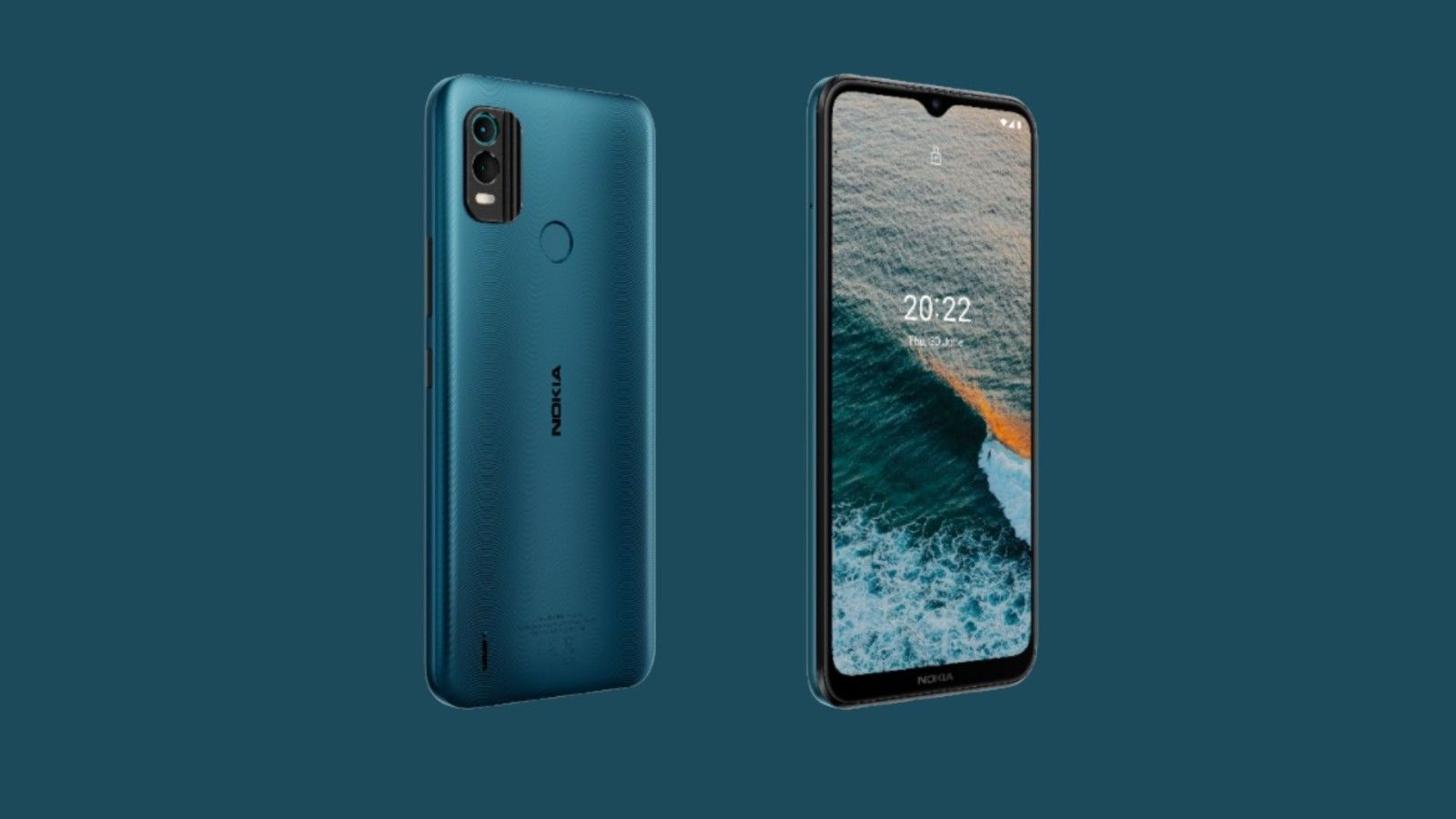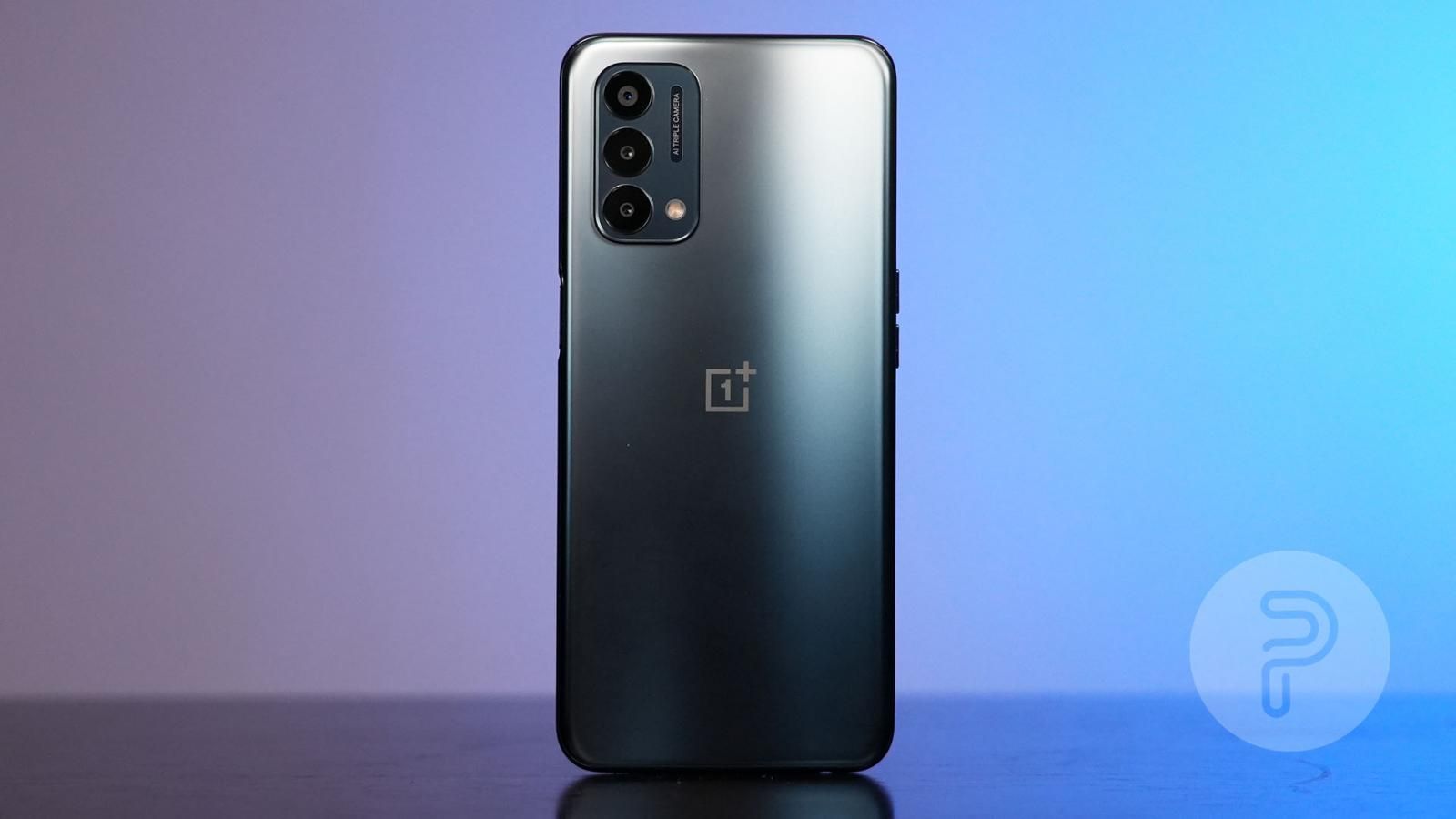Many companies, including Google itself, launched “Go” and “Lite” branded applications of their main services and apps to provide lightweight software for smartphones that didn’t have as much power and high-end components. The Go and Lite branded apps were aimed at low-end devices. They especially targeted developing countries where the internet was still relatively new, and not as widely accessible as it is today.
In a blog post, Google announced that it will shut down YouTuge Go in August. The post recommends users switch over to the official YouTube app, claiming that it provides a “better overall user experience as well as offers features that aren’t available in the youTube Go” app.
YouTube Go launched in 2016, and it was designed to provide easy access on slower internet connections, and it was primarily targeting low-end devices to provide an equally great experience as the desktop or primary YouTube application. Google also promises that it will build “additional user controls that help to decrease mobile data usage for viewers with limited data.”
Expect more Go and Lite apps to be sunsetted
Google also recently shut down the Chrome Lite mode feature, which allowed users to save internet in a world where data was expensive. The Google Chrome Lite feature became redundant over the years as the 4G, and now 5G data plans become more affordable and widely available in developed regions. Google found that it wasn’t being used by most users, and if it was, it didn’t provide the benefits that it once did.
Source: Pocketnow
Facebook also killed off its slimmed-down Facebook Lite application (via MacRumors), which allowed users to access the social media giant even on 2G networks and in rural areas with bad connections. The application was barebones, and it offered most of the essential features of the main app. The Facebook Lite app launched in 2018 alongside Messenger Lite, and Facebook Lite shut it down in 2020. The Messenger Lite application, on the other hand, is still popular and actively maintained today by Meta, the parent company of Facebook.
1, Smartphones are getting smarter
Nokia C21
Source: Nokia
Back in 2015 and 2016, most low and medium-range smartphones had anywhere between 1-3GB of RAM, and some even launched with 512MB. The Nokia 1 launched in 2018, and it had just 1GB of RAM, 8GB of eMMC 5.0 storage, a 4.5-inch IPS LCD, 480 x 854 display, and it was powered by Android Go (8.1 Oreo). It was everything but a powerhouse, and it greatly benefitted from lightweight applications due to the small amount of memory and storage, not to mention the quad-core MediaTek 1.1GHz chipset.
Fast forward a few years, and the Nokia 1.4 is an excellent bargain for around $120. However, the competition has many great devices below the $200 mark, such as the TCL 20 SE, OnePlus Nord N200 5G, Samsung Galaxy A13, and many more. Most of these devices have at least 3-6GB of memory, depending on the model you pick, and most of these are also running the full-fledged version of Android.
Smartphone hardware has dramatically improved in recent years. Even low-end devices are getting performance updates that make them a more viable option for multitasking and even some light gaming. The mid-range category has also greatly improved, and we now also have a premium mid-range category, which includes smartphones with high-end flagship features at a lower, more affordable price tag.
The entire market is saturated with these new, powerful devices, and therefore the need to have lightweight and efficient software is now redundant to the point where it no longer makes sense for large companies to maintain them.
2, Software & OS enhancements
OnePlus Nord N200 5G
Source: Pocketnow
In the first part, we mentioned the hardware, but the software is equally just as important. You can have the world’s fastest chipset in a phone, but it’ll struggle to multitask with applications and work efficiently if the software isn't optimized.
Android has received several performance improvements over the years, and it’s gotten so smooth and optimized that it can run on low-grade hardware just as fine as on flagship-level components. Applications have also received several updates over the years, and the APIs and new tools have been developed to focus on optimization and efficiency.
We also have 90Hz, 120Hz, and even higher refresh rates. A lot of mid-range devices are now equipped with high refresh rate displays, making the phone experience slightly more enjoyable and up to date. Popular applications such as YouTube, Facebook, and many others also have built-in Go and Lite features and other functionality. As a result of these advancements in the software field, apps have become more efficient when used on slow internet, hardware and connections.
In a world where smartphones are continuing to become more optimized, efficient, and powerful, there is no longer a strong demand to have dedicated applications that do less, and perform better. Internet prices are more affordable than ever before, and while the speed is still not as fast as most of us expected, it’s stable and good enough to scroll on Instagram for hours.
Check out these excellent affordable smartphones
-
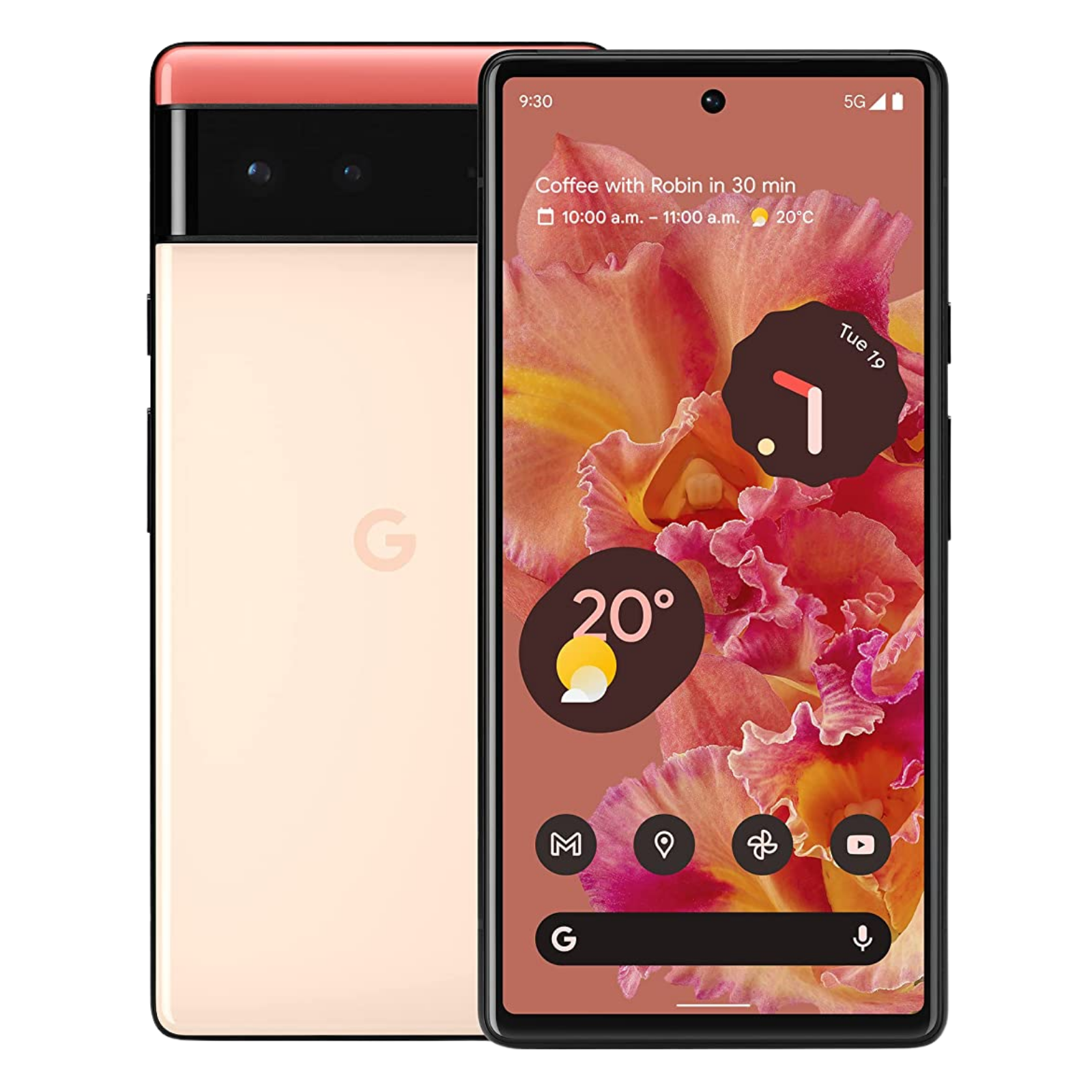
Google Pixel 6
$190 $600 Save $410The Google Pixel 6 is the more compact and affordable variant from the new flagship series. It features most of the same features, and it comes with the same primary and ultrawide camera as the Pixel 6 Pro.
-
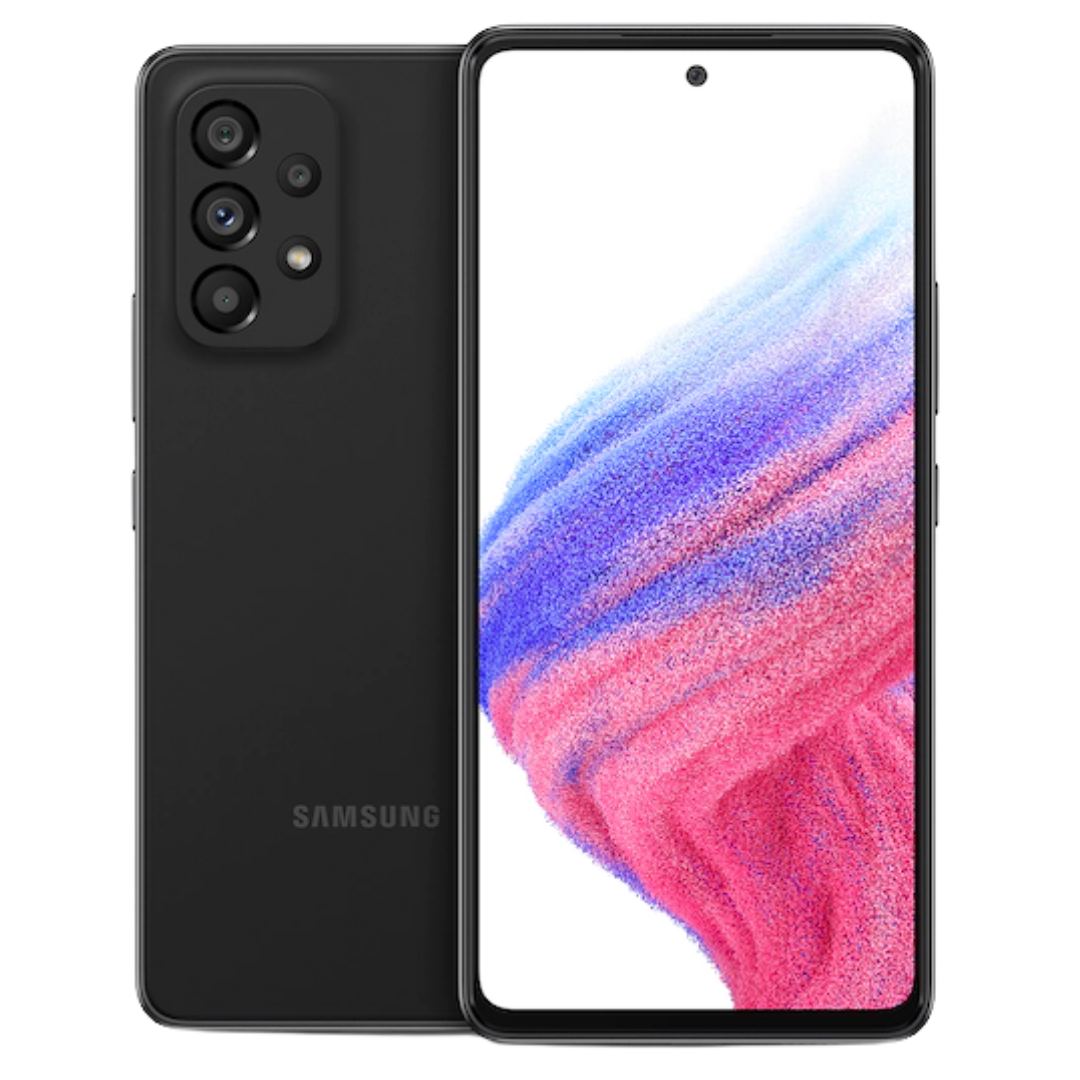
Samsung Galaxy A53
The new Galaxy A53 comes with a large 6.5-inch Super AMOLED display with 120Hz, and a 64MP primary camera. The battery packs a 5,000 mAh cell that can last 2-days on a single charge, and it also supports 25W fast wired charging.
-
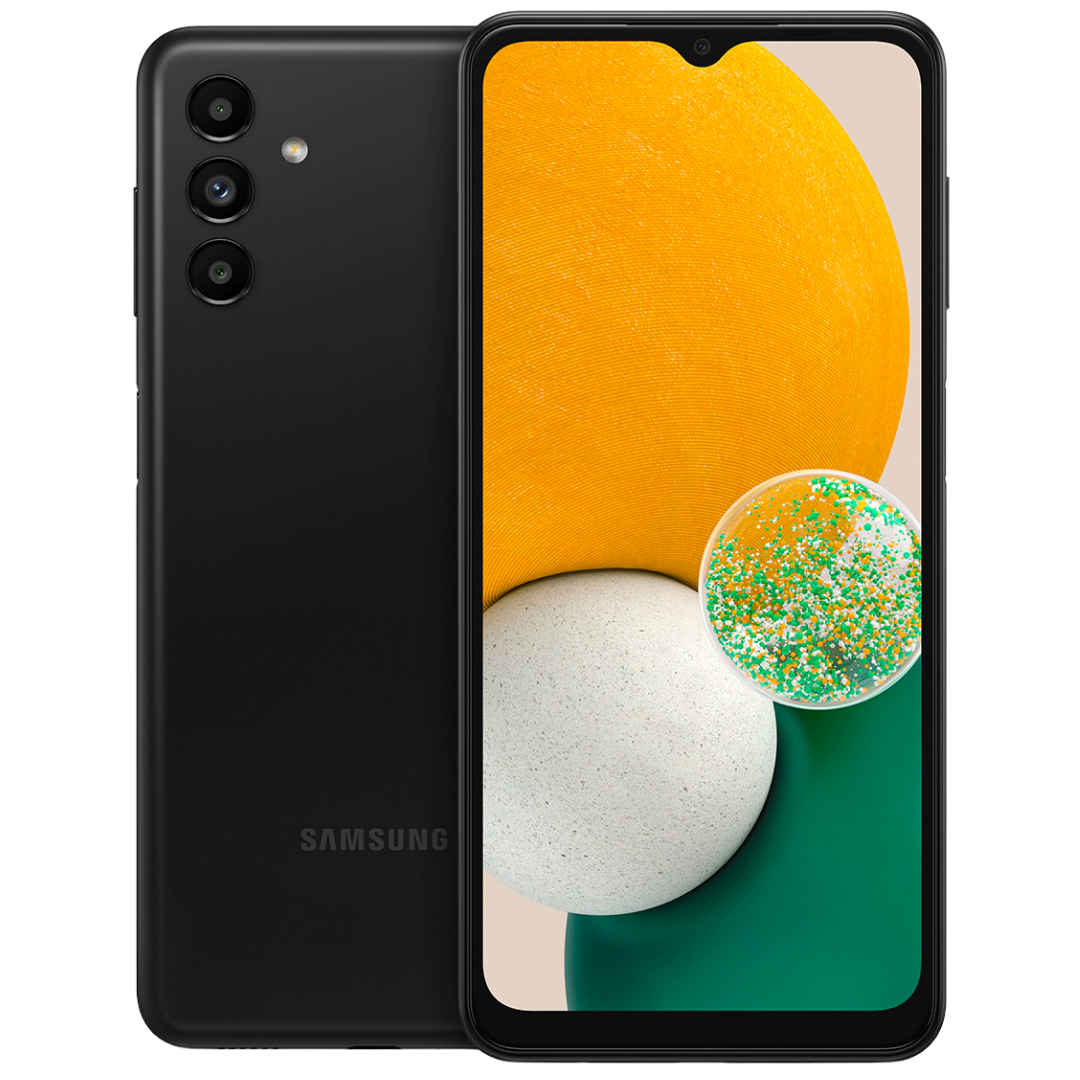
Samsung Galaxy A13 5G
The Samsung Galaxy A13 5G comes with the Dimensity 700 chipset and 4GB of RAM. It features a 6.5-inch display with 90Hz refresh rate, and it has a 5,000 mAh battery that provides a full day's worth of charge.
-
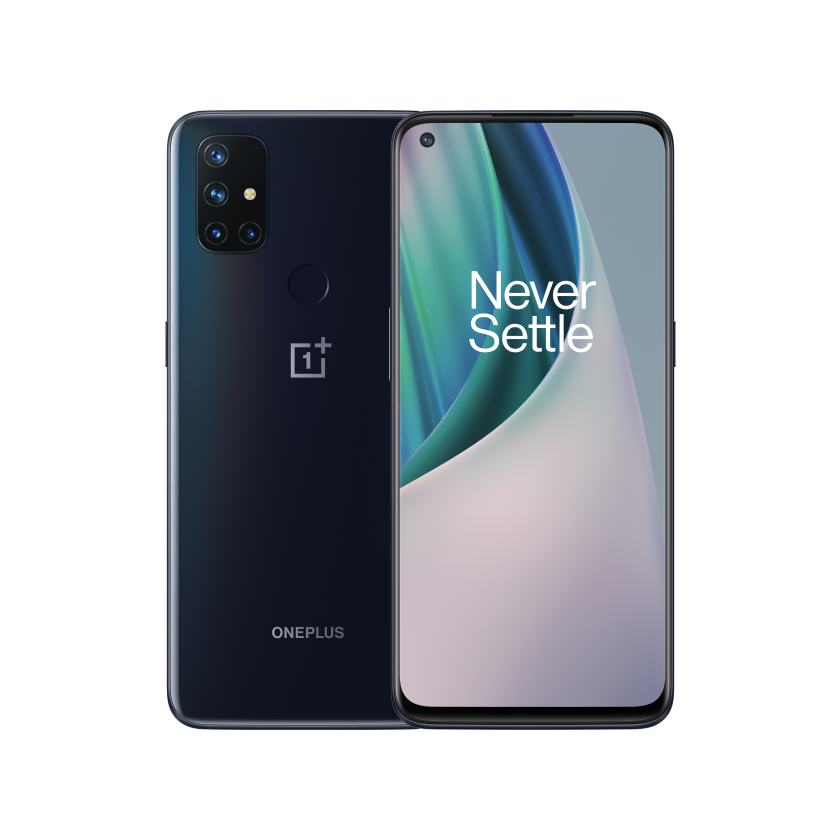
OnePlus Nord N10 5G
The Nord N10 costs $60 more than the N200, and while the naming might be confusing, it offers a competitive experience among other affordable smartphones on the market. With its 6.49-inch display, 64MP rear camera, and 8MP ultrawide, you can capture much better photos, and it's also excellent for some gaming and light multitasking thanks to the 6GB of memory.
-
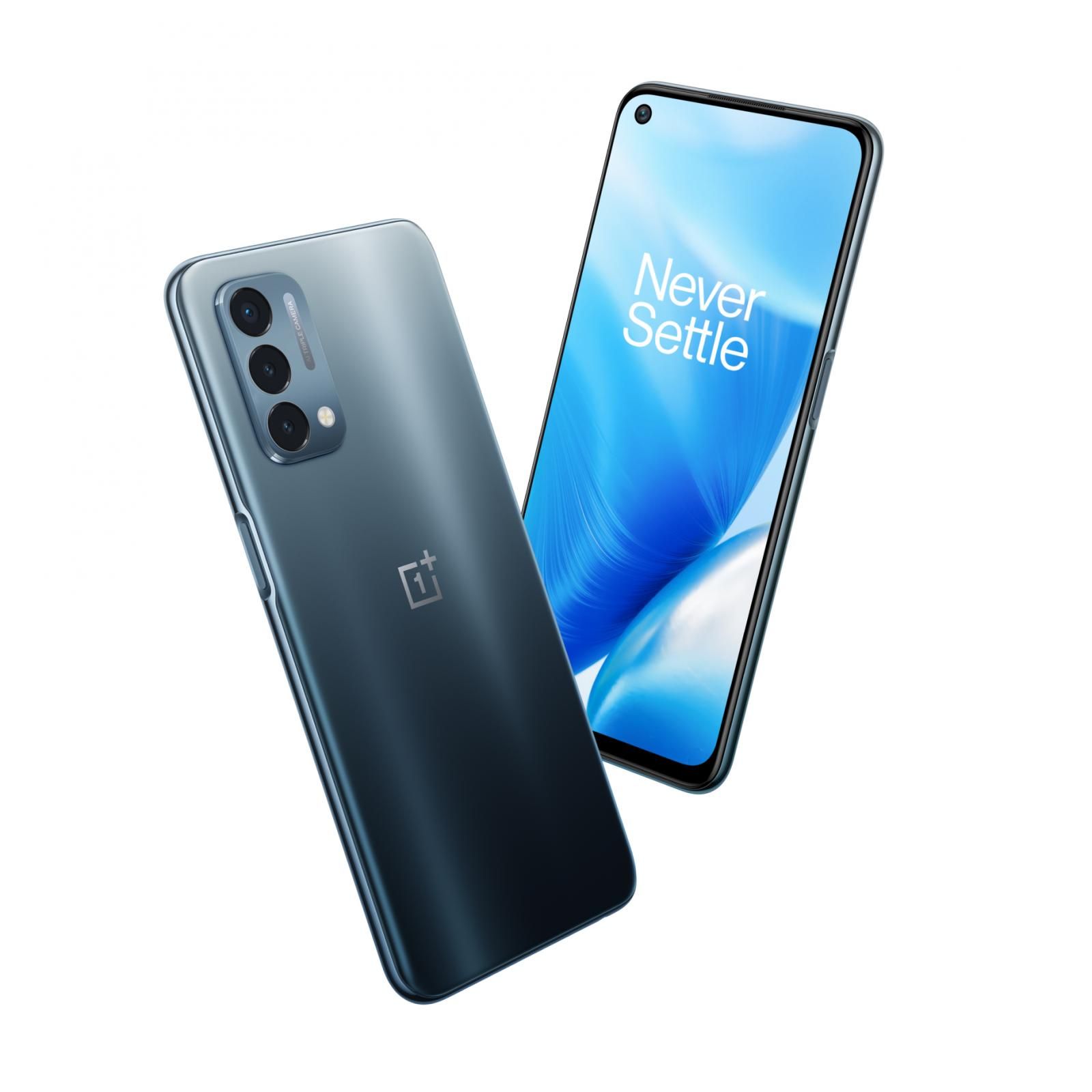
OnePlus Nord N200 5G
$135 $200 Save $65The OnePlus Nord N200 supports 5G for faster connectivity, unlike its N100 sibling. It also comes with a 6.49-inch 90Hz display that's excellent for smooth scrolling those cat images on Instagram. It has a decent camera for the price, and it has the same 5,000 mAh battery with 18W fast wired charging. This is perfect if you want a slightly faster device than the N100, especially if you don't want to spend too much.
-
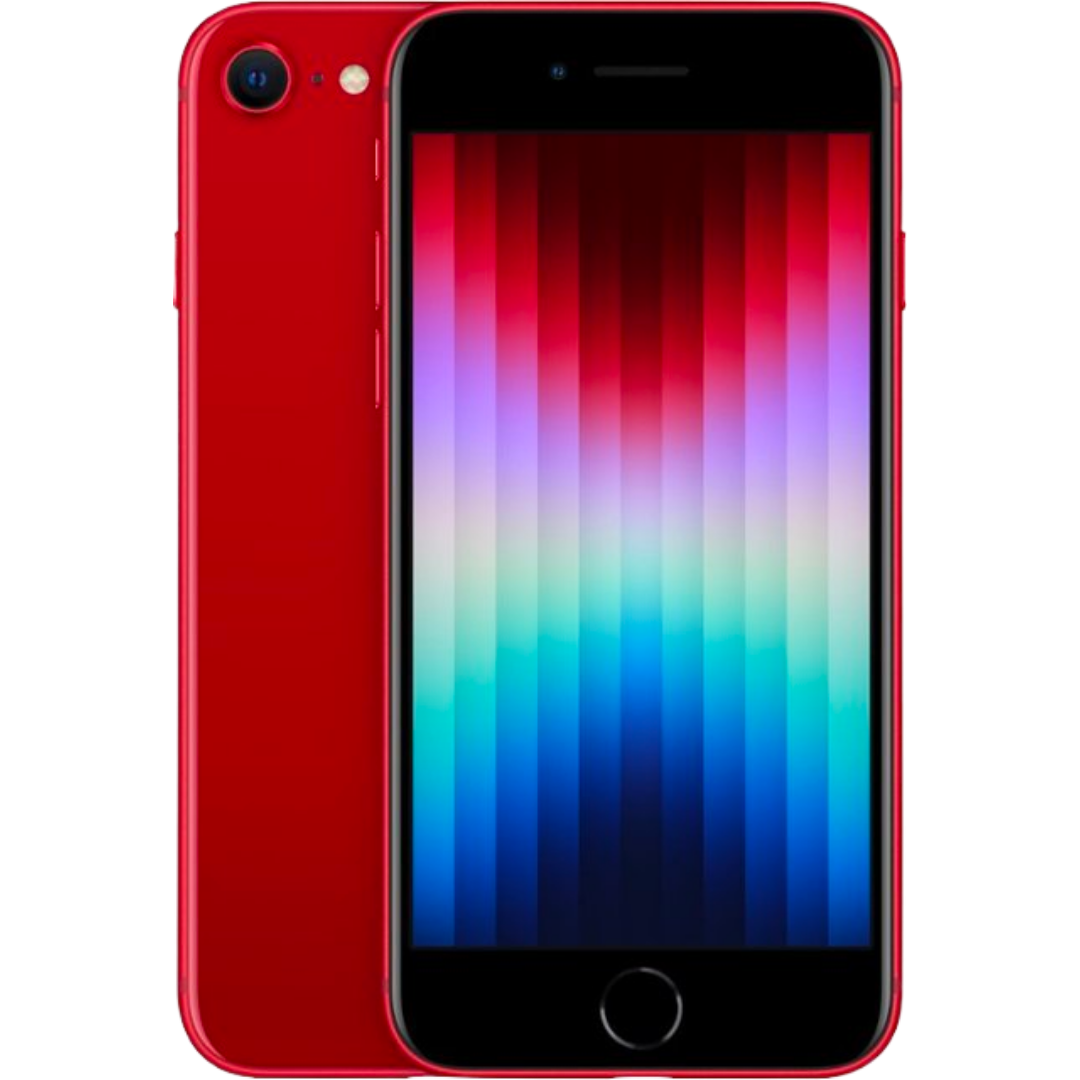
iPhone SE 2022
The latest iPhone SE 2022 comes with 5G and the A15 Bionic Chip, the same SoC that powers the iPhone 13 series of flagship devices. The new iPhone SE is the most affordable iPhone in Apple’s lineup, and it comes with new camera features and improved battery life.

